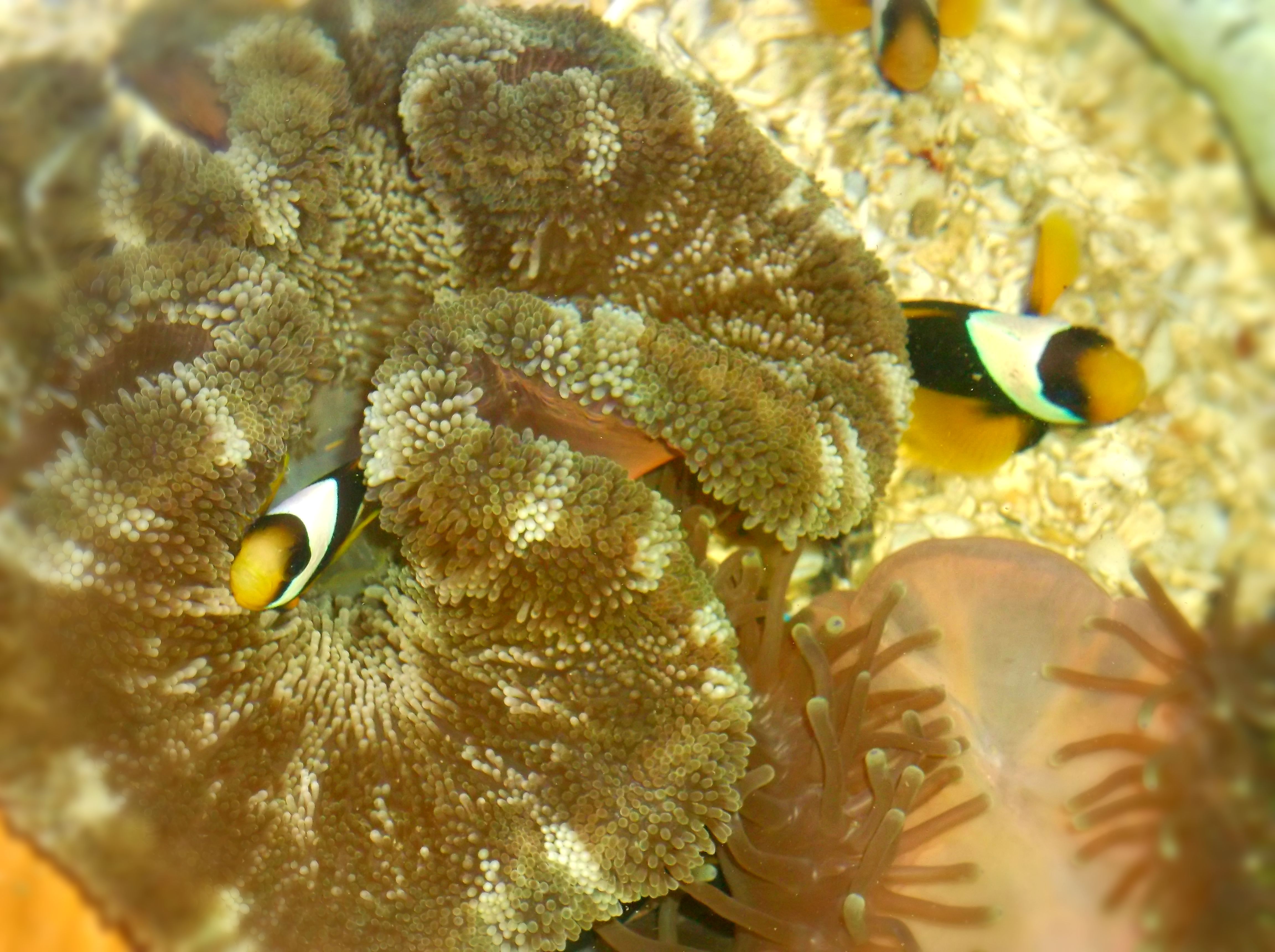Before your fish finds itself in your top of the art aquarium, do you ever wonder where in the world it must have come from? How does it get from fishing point to you?
Despite how fascinating the aquarium might make your space look, mimicking the tropical ocean in one little breathing space, many hobbyists/enthusiasts know little about where their fish come from, and/or what methods are employed to catch, maintain and import for long term sustainability.

No doubt that fixating your eyes on a marine aquarium is mesmerizing; filling you with wonder and amazement at the creation of the beautifully decorated underwater creatures. How do their patterns and shapes come to be? How much more beautiful must it be in the ocean with the multitude of fish and inverts? What an incredible world it must be. Perhaps the admiration of Mother Nature’s most exotic and ornamented creatures is what has seen the marine aquarium industry, which started off as a hobby rise into a multi million dollar industry.

Whereas majority of the marine aquarists are aware that the greater population of tropical marine fish are caught from the wild (The industry is shifting more towards captive breeding), travelling across the world for export, they must be in tune with the process involved from reef to aquarium to better place them as keepers of healthy sustained fish.
So what exactly is the journey from reef to aquarium?
Where the fish comes from

Kenya is host to some of the most bio-diverse coral reefs with high fish diversity supporting species such as the mantis shrimp, potato grouper, hump-head wrasse and sea urchins.
It is estimated that there are 200 coral types and 1500 fish species in the east Africa marine eco-region that extends for about 4,600km of coastline from southern Somalia, through Kenya, Tanzania and Mozambique to the north-eastern shores of South Africa. Our center however obtains its fish from the vast Kenyan coastal region; Ukunda, Kilifi, msambweni, Tiwi, Kindondo, Diani, Majaoni, shelly, shariani, kanamai, malindi amongst others. Species commonly available include; Anthias, butterflyfish, Clownfish, anemonefish, damselfish; the list is endless.
How Tropical Marine Fish are caught
Kenya Marine Center is well aware of the dangers of using crude live fish-catching methods on the marine ecosystem. Use of chemicals is detrimental to the fish as they are not only subjected to severe internal damage – killing them but their habitat is destroyed as well. To better help conserve and maintain our coral reefs and the ecosystem, we use traditional hand-net catching. We take full control of the entire fishing process and our fishermen are under strict orders and observation. The divers catch the fish one or several at a time using the barrier nets and scoop nets therein handling the fish from the reef in much the same way as we would remove them from the aquarium. The safe methodology that we use is one of the main reasons that our customers commend us on always providing them with quality healthy fish.
From Kenya marine center to your aquarium
Once the fish are with the fishermen, we ensure short transit time from the fishing point to our saltwater aquarium systems. We only use modern transport systems (trucks) fully equipped to sustain the fish during transportation.
We then acclimatize and quarantine the marine fish before their shipment with our marine biologist constantly checking on their health. Once ready for shipping, the fish are not fed for at least 24 hours to help minimize the accumulation of waste during transport. Our UV-C filtration + Chiller system used to purify our packing water improve our packing water quality and ensure that our fish survive the export ride.
At this juncture, the fish are packed and shipped off to importers’ facility. Since the journey tends to be tedious, 24hrs or more, we pack our fish with plenty of pure medical oxygen to give them a favorable environment for sustainability.
Once at the importers’, the procedure should be to examine the tropical marine fish so as to make sure the trip was not overly stressful to them and that they were not injured along the way. Once the import facility is confident that the fish in their care are healthy, they are offered for sale. In some cases they are sold directly to hobbyists via the Internet, and in other cases they are sold to retail facilities at wholesale prices.




